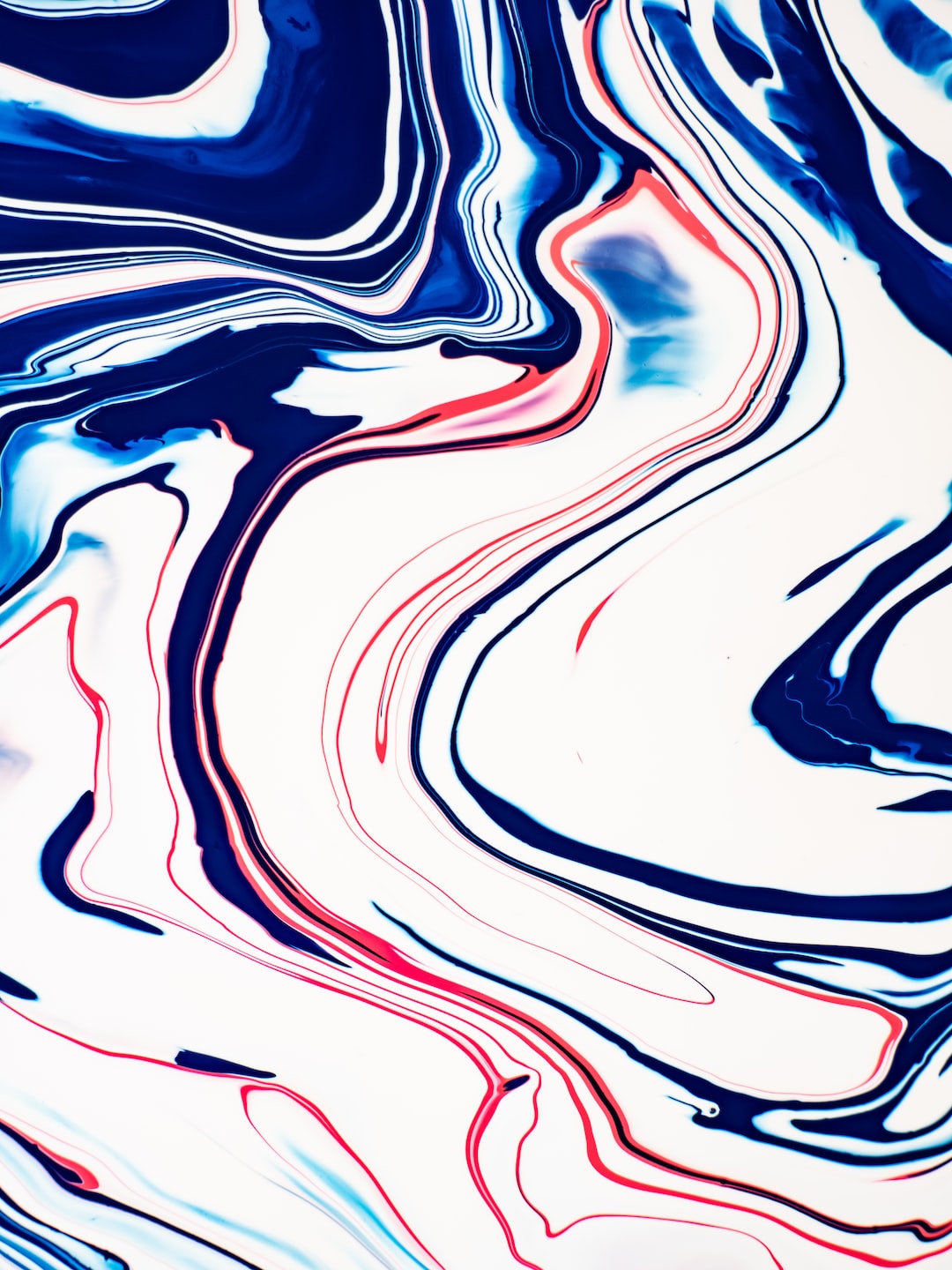Japanese art has long been admired and appreciated by Western artists and art enthusiasts. From the delicate lines of ink brush paintings to the vibrant colors of woodblock prints, the influence of Japanese art can be seen in the works of many Western masters.
One of the most notable examples of the influence of Japanese art on Western artists is the impact it had on the Impressionists in the late 19th century. Artists such as Claude Monet and Vincent van Gogh were inspired by the Japanese ukiyo-e prints, which depicted everyday life and landscapes of Japan. They were captivated by the simplicity and beauty of these prints, as well as their unconventional compositions and vibrant colors.
The influence of Japanese art can be seen in Monet’s famous series of water lilies. He was deeply influenced by the Japanese concept of capturing the essence of the subject, rather than focusing on its detailed representation. Monet’s use of loose brush strokes and emphasis on light and color can be traced back to the influence of Japanese art.
Van Gogh was also greatly influenced by Japanese art, particularly in his use of bold colors and his unique perspective. He collected many Japanese prints and studied them closely, incorporating elements such as dynamic compositions and flattened perspectives into his own work. Van Gogh’s painting “The Bridge in the Rain” is a prime example of the influence of Japanese art on his style.
The influence of Japanese art continued to be prevalent throughout the 20th century, with artists such as Pablo Picasso and Henri Matisse incorporating Japanese aesthetics into their work. Picasso was fascinated by the asymmetrical compositions and distorted perspectives found in Japanese art, as seen in his famous painting “Les Demoiselles d’Avignon.” Matisse, on the other hand, was influenced by the simplicity and elegance of Japanese art, as seen in his cut-outs and use of bold colors.
Japanese art also had a significant influence on the development of abstract art in the early 20th century. Artists such as Wassily Kandinsky and Paul Klee were inspired by the minimalistic and spiritual aspects of Japanese art. Kandinsky, in particular, was influenced by the Zen Buddhist philosophy of achieving enlightenment through art, and incorporated elements such as calligraphic brushwork and symbolic motifs into his abstract paintings.
In conclusion, the influence of Japanese art on Western masters cannot be overstated. From the Impressionists to the abstract artists of the 20th century, Japanese art has left an indelible mark on the Western art world. Its emphasis on simplicity, beauty, and capturing the essence of the subject has forever changed the way we perceive and create art.

